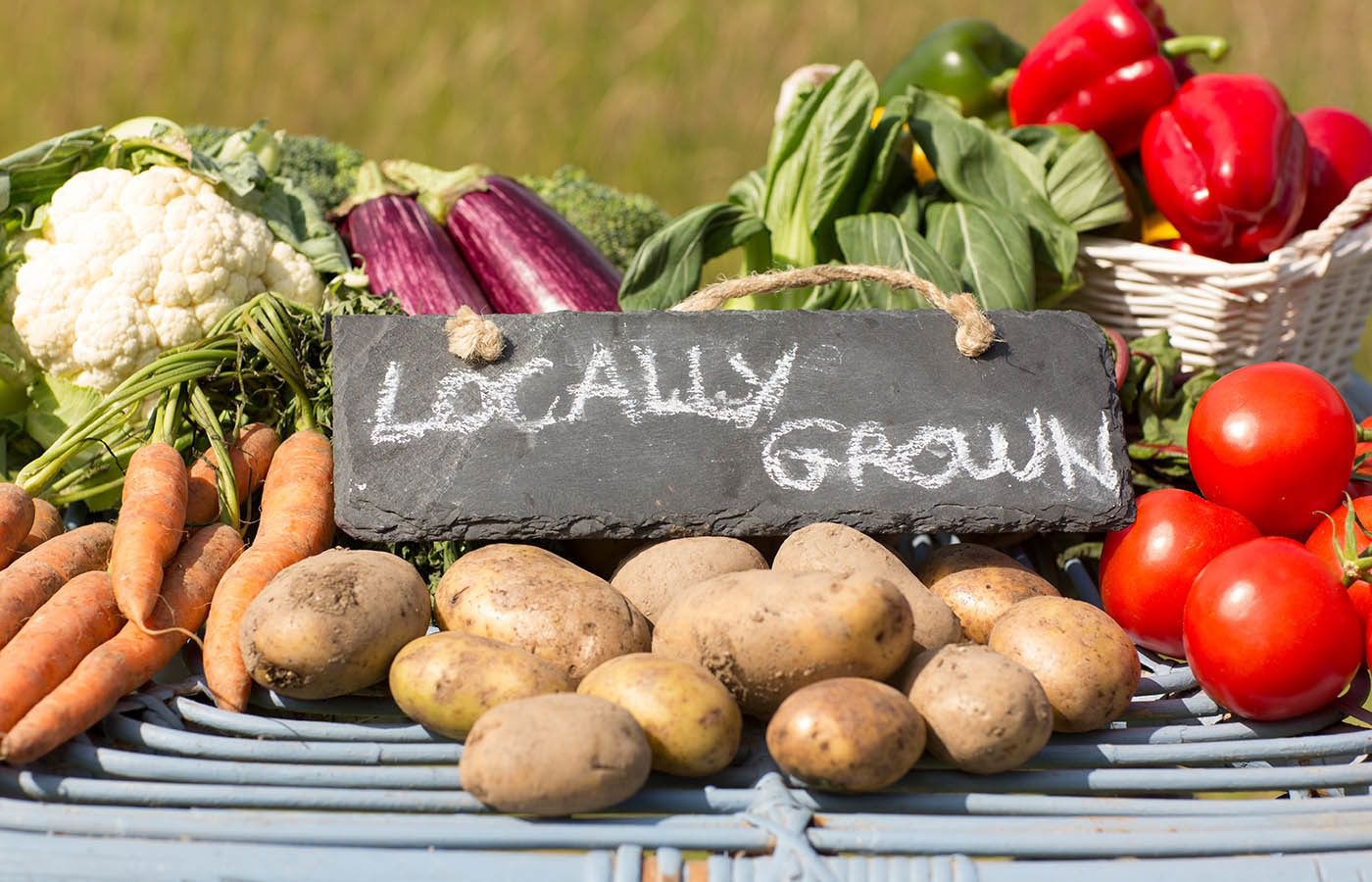As consumers become more aware of their health and the environment, locally grown foods are taking on a more important role. The question then becomes how to communicate the benefits to justify the higher cost and inconvenience of accessing locally grown foods. About a third of consumers say their purchase decisions have the greatest impact on society. Concern over local continues to grow in importance with consumers. Consumers do see sustainable products as delivering on both fronts serving the greater good but also providing better taste, quality, and health benefits. About 25% percent of consumers currently try to purchase local as much as possible. A study from Ketchum research shows 66% of consumers want more communication from food companies and 50% expect food companies to engage consumers through social media. Here are seven ways to communicate the benefits of locally grown foods:
- Samples – Freshness, taste and quality are the top reasons consumers purchase local food over conventional goods. Offering samples invites consumers to see, smell and taste the local food difference. An even better strategy is to encourage consumers to try a recipe made from ingredients of a few different locally grown foods (e.g., local honey drizzled over apple dumplings from a local apple orchard)
- Newsletters – Farmers can use newsletters to educate consumers about the health benefits of just-picked produce, pastured poultry, sustainable production, or grass-fed beef. Readers can also learn what’s in season now and what to look forward to. Farmers can engage customers by asking them to submit their favorite recipes or share a story about their love of local food.
- Conversations – Grocery stores and food distributors should partner with farmers to communicate the value of local food to customers. Consumers want to know the farmer behind their food. Farmer’s ability to engage consumers in conversations about local foods during direct sales is a competitive advantage.
- Blog and Videos – Blogs and videos provide a window into a farmer’s world. Both give consumers who may never have been to a farm an opportunity to experience agriculture and virtually participate in food production.
- In-Store Signage – In-store signage informs shoppers of opportunities to buy local and support farmers in their community. This is especially important when conversations with consumers are not possible. An example might be a sign showing a local rancher with cattle inviting shoppers to buy beef raised on local pastures.
- Menus – Hometown pride is enhanced when restaurant menus list sources of local ingredients. Diners are willing to pay a little more if they know their choice supports agriculture in their community. Ordering something local also reduces food transportation costs, creates jobs in the community, and invests in area infrastructure.
- Agritourism – What better way to teach shoppers about the value of local food than inviting them to the farm for a tour? Volunteer days, pasture walks, “How-to” and “DIY” clinics are fun and educational creating positive associations with farming and food production in the minds of consumers.
Local food is good for health and the environment. In order to ensure there is an adequate supply of fresh and healthy food in the community consumers need to be convinced to buy local. Effectively communicating the economic, health and environmental benefits of local food justifies the added cost and effort consumers must make to obtain it.


